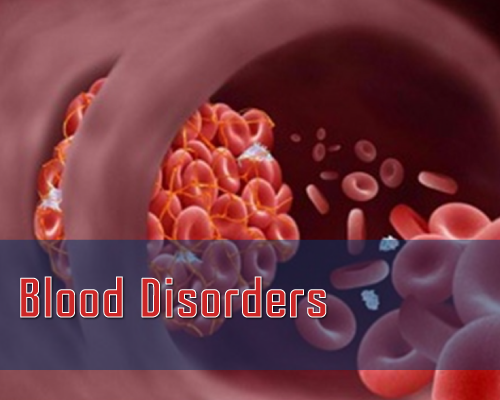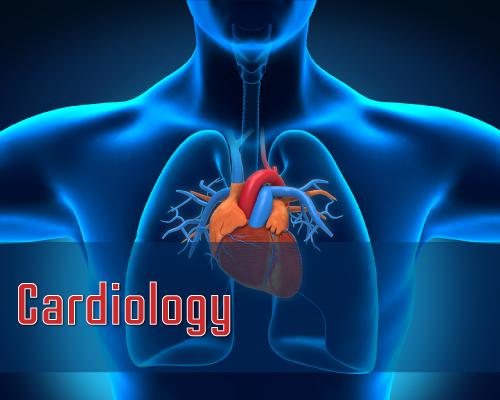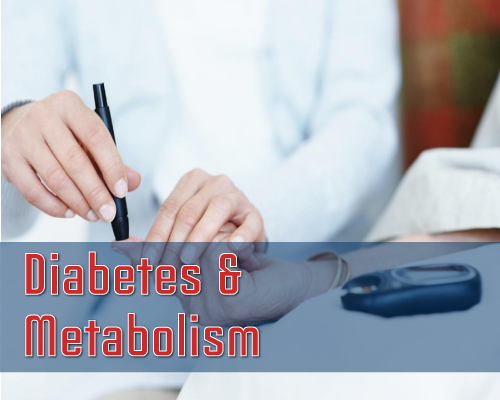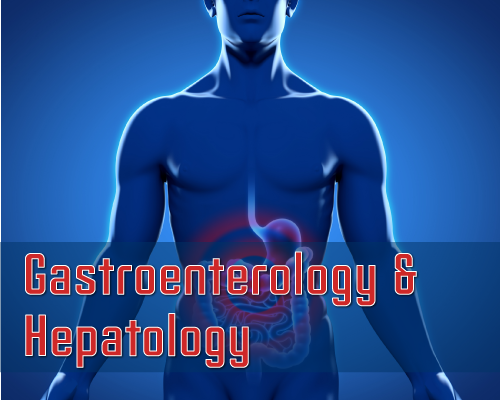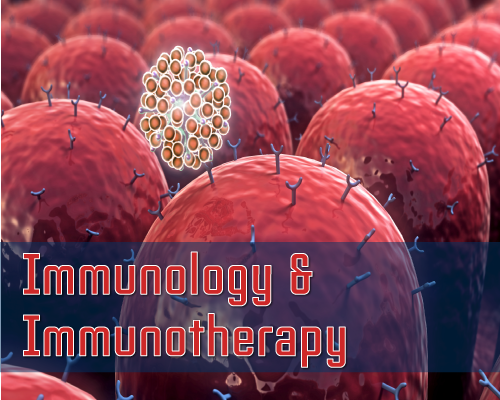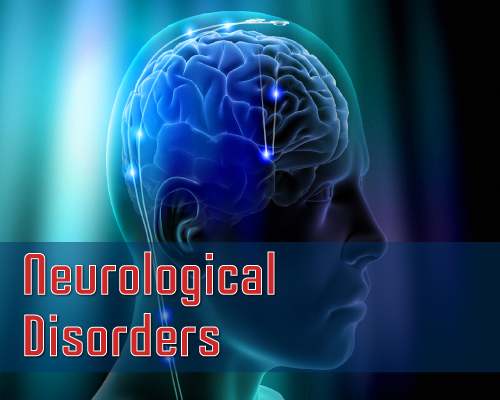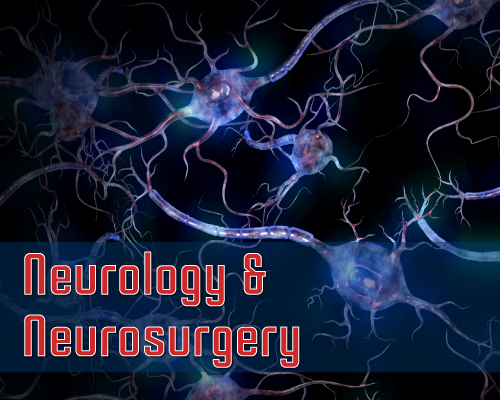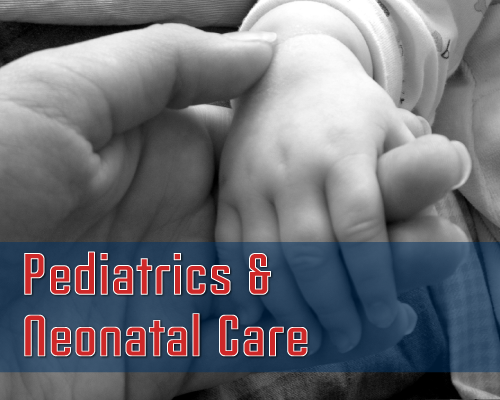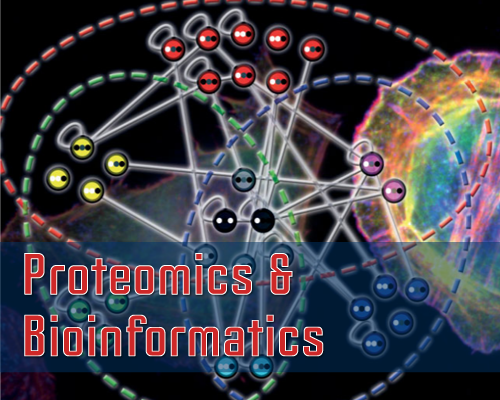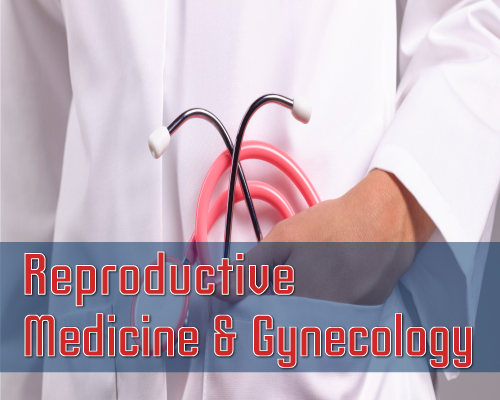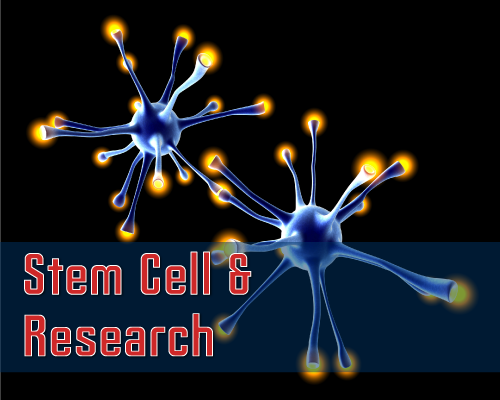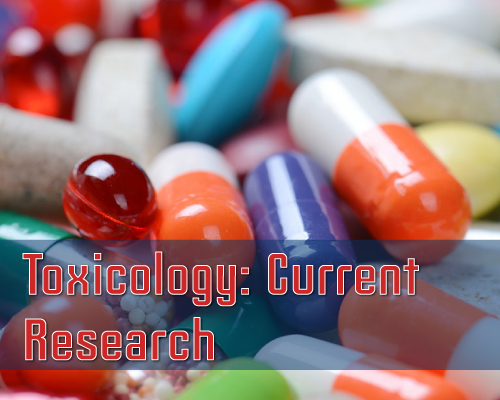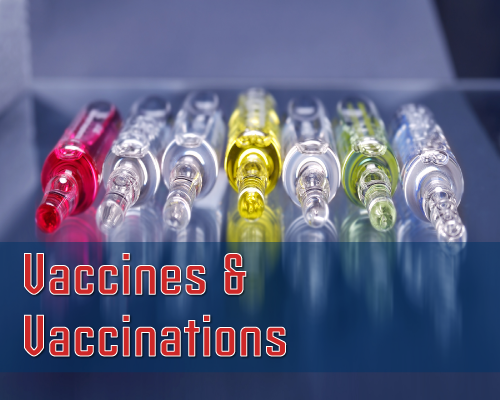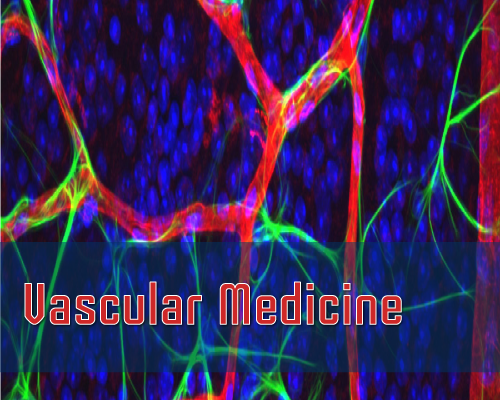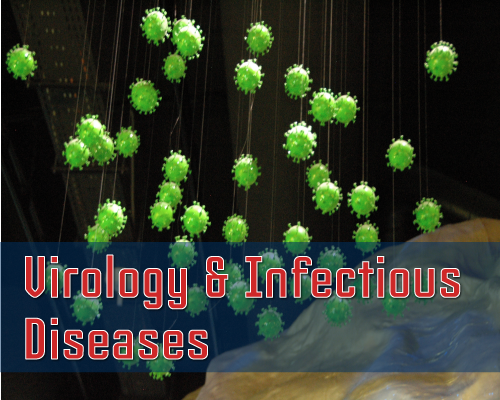Volume 2 Issue 1
Scavo Emma*, Di Renzo Laura, Calafiore Riccardo, Fuertes Ilda Erika, Parrettini Sara, Sarlo Francesca, Strongoli Maria Concetta, Vecchio Immacolata and Colica Carmela*
Obesity and associated adverse metabolic disorders have become the prevalent health issues of our times. This awareness led to assess if there could be other factors involved in the development of obesity, in addition to a prolonged imbalance of energy intake and energy expenditure, related to lifestyle, or a contribution of genetic variability. The relatively recent discovery that the composition and the metabolic function of the gut microbiota affect obesity development has led to a great interest in what is now a challenging research field. Here we will report the current knowledge in terms of the development, distribution and tasks of the intestinal microbiota. Then we will review the literature about the association between intestinal microbiota and obesity, focusing on different population subgroups. Finally, we would point out some items for which gut microbes determine the development of obesity and other associated chronic conditions.
Cite this Article: Emma S, Laura DR, Riccardo C, Erika FI, Sara P, et al. Gut Microbiome and Obesity: A Review of Literature. SRL Nutr Food Sci. 2016;2(1): 007-022.
Published: November 01, 2016
Ekamol Tantisattamo*, James L. Bailey
Post-transplant hypophosphatemia is a very common electrolyte disturbance following successful kidney transplantation. The incidence is up to 93% [1]. Similar to non-transplant patients, the pathogeneses of post-transplant hypophosphatemia includes shifts of intracellular phosphate, decreased phosphate intake, and excessive phosphate loss. Post-transplant factors may also contribute to hypophosphatemia. Shifts in intracellular phosphate are uncommon and post-transplant medications, including commonly used immunosuppressive medications, do not cause phosphate shifts. The majority of end-stage renal disease (ESRD) patients adhere to a dietary phosphate restriction and inadequate dietary phosphate intake may persistent and cause hypophosphatemia in the functioning renal allograft. Excessive phosphorus loss from urine plays a major role in causing post-transplant hypophosphatemia.
Cite this Article: Tantisattamo E, Bailey JL. Is Nutritional Intervention a Management for Post-transplant Hypophosphatemia?. SRL Nutr Food Sci. 2016;2(1): 001-006.
Published: May 24, 2016
Authors submit all Proposals and manuscripts via Electronic Form!


